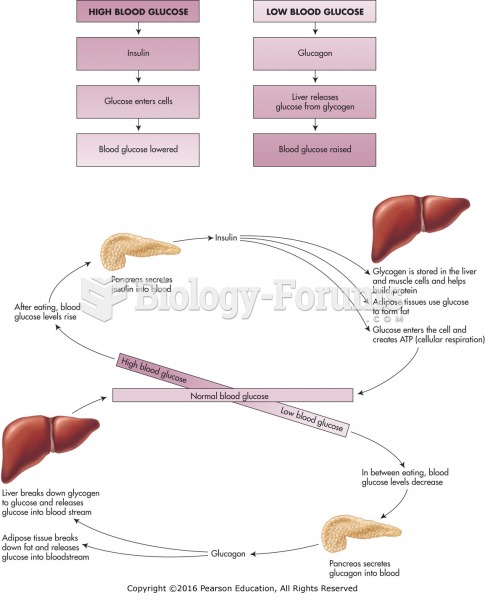Answer to Question 1
Correct Answer: 1
Rationale 1: Within 16 days after exposure, a person with pneumonic plague would be infectious to everyone who has come in contact with the person during that time.
Rationale 2: Botulism is caused by Clostridium botulinum, an organism that secretes a potent toxin that paralyzes the muscles after a person is poisoned.
Rationale 3: Viral hemorrhagic fevers result in circulatory system damage and hemorrhage. The host can be the cotton rat or deer mouse, but some hemorrhagic fevers, such as Ebola or Marburg, have unknown hosts.
Rationale 4: Anthrax poisoning can occur by ingestion, absorption through an open wound on the skin, or inhalation (the most dangerous route).
Global Rationale: Within 16 days after exposure, a person with pneumonic plague would be infectious to everyone who has come in contact with the person during that time. Botulism is caused by Clostridium botulinum, an organism that secretes a potent toxin that paralyzes the muscles after a person is poisoned. Viral hemorrhagic fevers result in circulatory system damage and hemorrhage. The host can be the cotton rat or deer mouse, but some hemorrhagic fevers, such as Ebola or Marburg, have unknown hosts. Anthrax poisoning can occur by ingestion, absorption through an open wound on the skin, or inhalation (the most dangerous route).
Answer to Question 2
Correct Answer: 2
Rationale 1: Transporting appropriate personnel to disaster sites is not the purpose of Push Packages.
Rationale 2: Push Packages include preassembled caches of drugs, antidotes, and medical supplies that broadly cover a nonspecific emergency for use in early hours. Stored strategically, deployment can be accomplished within 12 hours.
Rationale 3: Managing incoming equipment when a disaster occurs is not the purpose of Push Packages.
Rationale 4: Providing information booklets to communities experiencing a disaster is not the purpose of Push Packages.
Global Rationale: Push Packages include preassembled caches of drugs, antidotes, and medical supplies that broadly cover a nonspecific emergency for use in early hours. Stored strategically, deployment can be accomplished within 12 hours. The remaining purposes are managed by other means.







